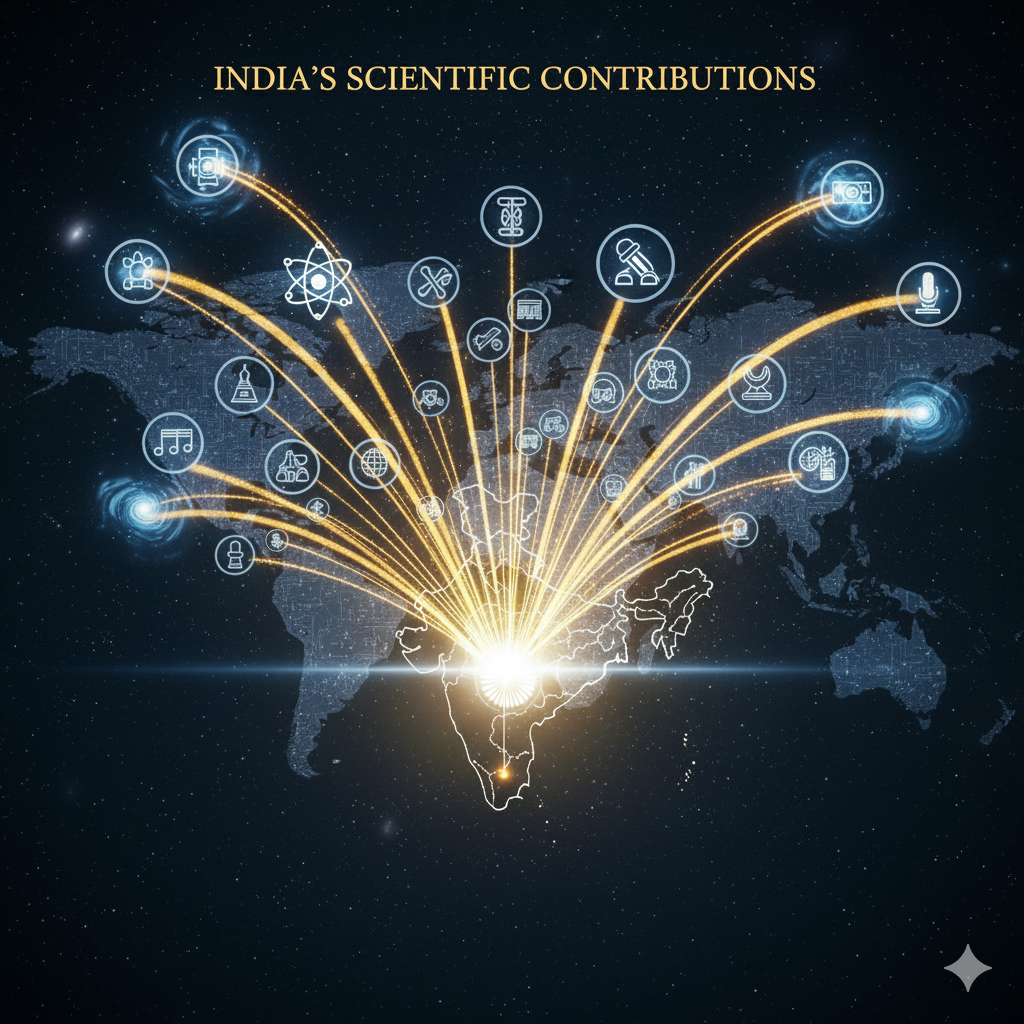Introduction
The Vedic education system was one of the most ancient and well-structured educational frameworks in the world. Rooted in the traditions of the Vedic period (1500 BCE – 500 BCE), it emphasized holistic learning, spiritual enlightenment, moral development, and knowledge of various disciplines. This education system played a crucial role in shaping society by imparting values, discipline, and knowledge necessary for personal and social development.
With the rapid advancements in modern education, revisiting the principles of Vedic education can offer valuable insights for contemporary learning methods. This article explores the main features of the Vedic education system and its relevance in the present-day world.
Main Features of the Vedic Education System
1. Guru-Shishya Parampara (Teacher-Student Relationship)
One of the most defining features of Vedic education was the Guru-Shishya Parampara, meaning the teacher-student relationship. Education was imparted in Gurukuls, where students lived with their teachers and learned through direct experience, observation, and oral traditions. The bond between the guru and disciple was based on respect, discipline, and devotion, ensuring a strong moral and ethical foundation.
2. Emphasis on Character Development and Ethics
Unlike modern education, which primarily focuses on academic excellence, Vedic education placed a significant emphasis on character building, ethics, and righteousness (Dharma). Students were taught the values of truthfulness, honesty, self-discipline, respect for elders, and responsibility toward society.
3. Oral Tradition and Memorization
Education during the Vedic period was primarily oral. Knowledge was transmitted through Shlokas (verses), hymns, and scriptures, which students memorized through continuous recitation. This method helped in developing exceptional memory and cognitive skills.
4. Holistic Education Approach
The Vedic system was not limited to theoretical learning but promoted holistic education. It covered various disciplines, including:
- Spiritual and Religious Studies (Vedas, Upanishads, Bhagavad Gita, Puranas)
- Science and Mathematics (Astronomy, Geometry, Ayurveda)
- Languages and Grammar (Sanskrit, Prakrit, Vyakaran)
- Arts and Music (Singing, Dance, Drama, Sculpture)
- Physical Education (Yoga, Martial Arts, Archery, Wrestling)
5. Education for All (Varna System and Inclusivity)
Education was accessible to different sections of society based on their Varna (social classification):
- Brahmins: Specialized in teaching and learning scriptures.
- Kshatriyas: Trained in warfare, administration, and governance.
- Vaishyas: Learned about commerce, trade, and agriculture.
- Shudras: Engaged in various service-oriented professions.
Though the Varna system later led to social discrimination, its original intent was to categorize education and professions based on aptitude and abilities.
6. Self-Sufficiency and Practical Learning
Vedic education promoted self-sufficiency by teaching students agriculture, handicrafts, and self-defense. The Gurukuls were usually located in rural settings, encouraging students to connect with nature and develop survival skills.
7. Respect for Nature and Environment
Environmental conservation was deeply embedded in Vedic teachings. Students learned about sustainable living, herbal medicine (Ayurveda), and the importance of trees, rivers, and animals in maintaining ecological balance.
8. Freedom of Thought and Debate
Education in the Vedic era encouraged logical reasoning, debates, and discussions. The Nyaya (Logic) and Mimamsa (Philosophy) schools of thought promoted critical thinking and rational inquiry.
9. Women’s Education
Contrary to common misconceptions, women received education during the early Vedic period. Women scholars like Gargi, Maitreyi, and Lopamudra made significant contributions to philosophy and literature. However, restrictions on women’s education increased in later periods.
10. Gurukul Education as a Way of Life
Education in the Gurukul system was not limited to academics. It was a lifestyle that emphasized discipline, simplicity, and spiritual enlightenment. Students were taught to live with minimal material possessions and to respect knowledge above wealth.
Significance of the Vedic Education System in the Present Era
The modern education system, while technologically advanced, often lacks certain fundamental aspects of character development, moral values, and holistic learning. Here’s how the Vedic education principles can benefit contemporary education:
1. Reviving Teacher-Student Bond
The personalized teacher-student relationship in Vedic education fostered better learning outcomes. In modern times, increasing teacher engagement and mentorship programs can enhance student success and moral growth.
2. Ethical and Value-Based Education
With rising cases of moral and ethical decline, integrating value-based education from the Vedic system can cultivate responsibility, honesty, and social consciousness among students.
3. Emphasis on Memory and Cognitive Development
Modern education heavily depends on digital tools, leading to reduced memory retention. Incorporating oral learning techniques and meditation from the Vedic system can enhance focus, cognitive abilities, and mental clarity.
4. Holistic Learning Approach
Modern education often compartmentalizes knowledge, while Vedic education integrated spiritual, intellectual, and physical development. Schools today can introduce subjects like Yoga, Ayurveda, and Indian philosophy for a more holistic approach.
5. Environment and Sustainability Education
With growing environmental concerns, Vedic teachings on nature conservation, sustainable living, and Ayurveda can provide insights into solving global challenges like climate change and pollution.
6. Encouragement of Logical Thinking and Debates
Vedic education promoted debates and intellectual discussions. Today’s education should encourage critical thinking, logical reasoning, and open discussions, moving beyond rote learning.
7. Women’s Education and Empowerment
The Vedic era recognized women scholars. Enhancing women’s access to education and leadership roles today is essential for gender equality and societal progress.
8. Practical and Vocational Training
Instead of focusing only on theoretical learning, education systems should integrate practical skills like agriculture, entrepreneurship, and self-sufficiency, similar to the Vedic system.
9. Stress Management and Mental Well-being
With increasing stress and anxiety among students, incorporating meditation, yoga, and mindfulness practices from the Vedic system can improve mental well-being and productivity.
10. Respect for Teachers and Elders
Modern education can learn from Vedic traditions by promoting respect for teachers, elders, and wisdom, creating a more disciplined and ethical society.
Conclusion
The Vedic education system was a well-rounded framework that emphasized moral, intellectual, physical, and spiritual development. While modern education excels in technological advancements and accessibility, it often lacks the ethical, value-based, and holistic approach that Vedic education provided.
By integrating key elements of Vedic education—such as moral values, holistic learning, teacher-student relationships, practical skills, and sustainability principles—modern education can be made more comprehensive, meaningful, and future-ready.
The revival of Vedic education principles does not mean discarding modern advancements but rather blending ancient wisdom with contemporary learning methods to create a balanced and enlightened society. Education should not just be about acquiring knowledge but also about developing a responsible, ethical, and conscious human being.




